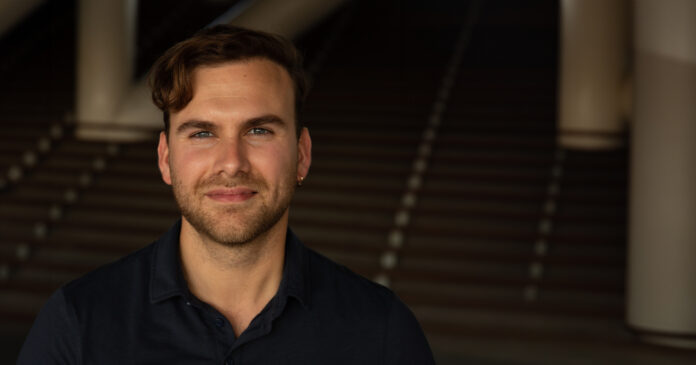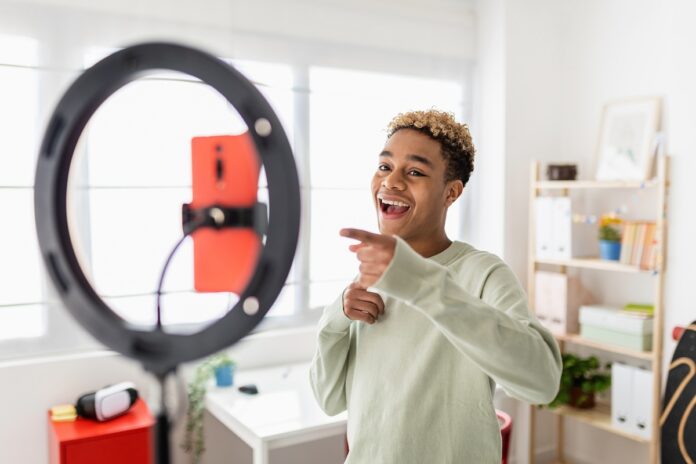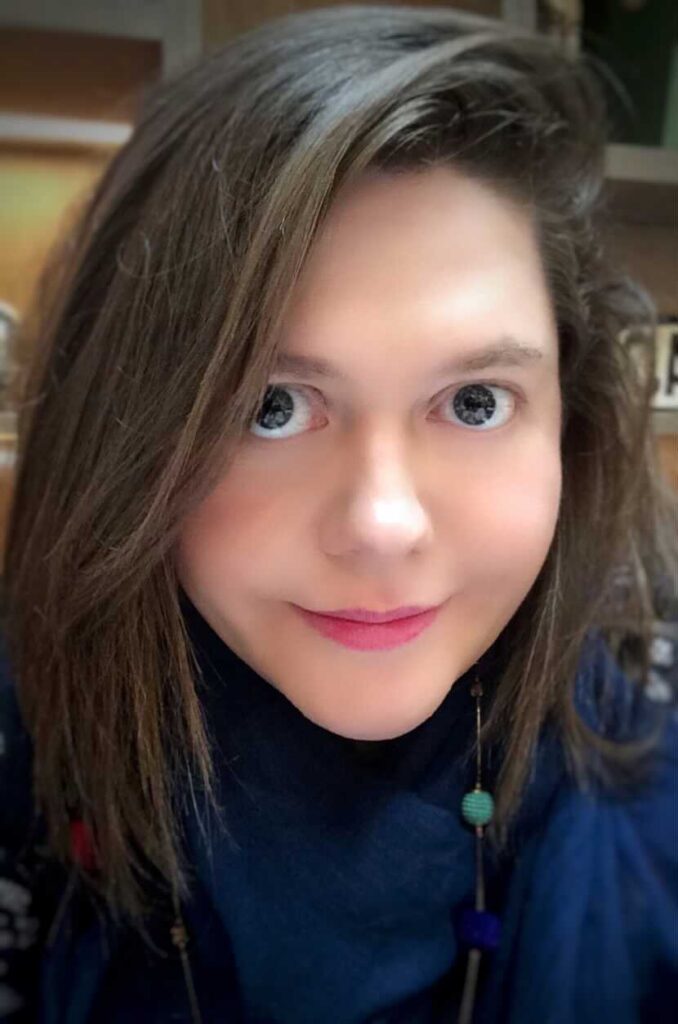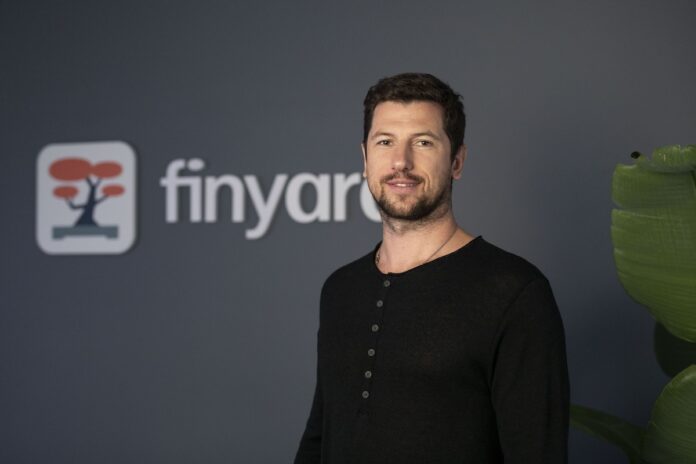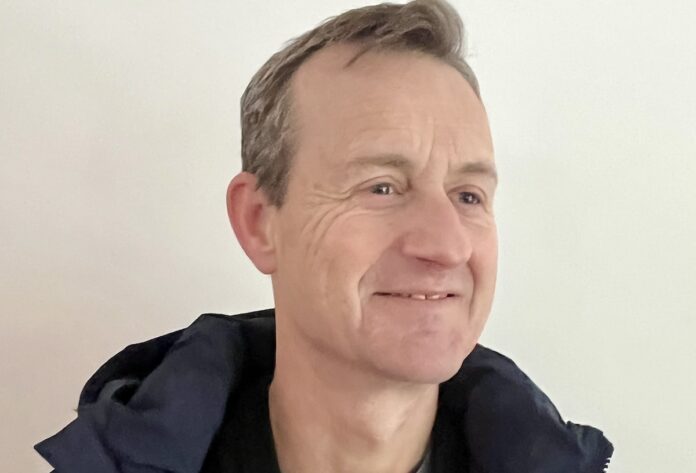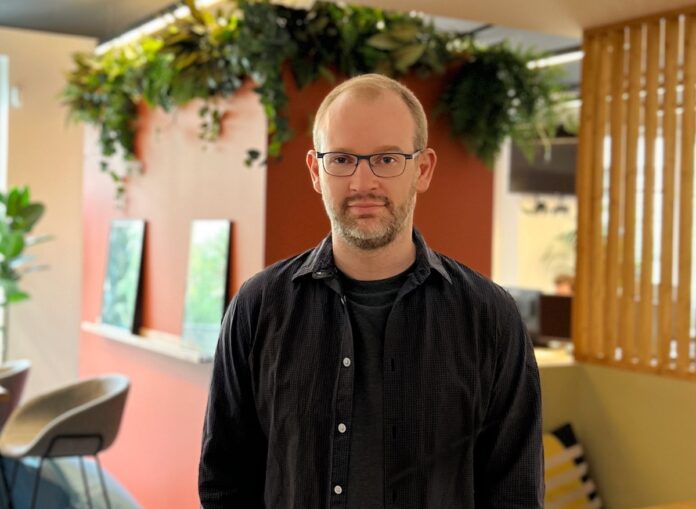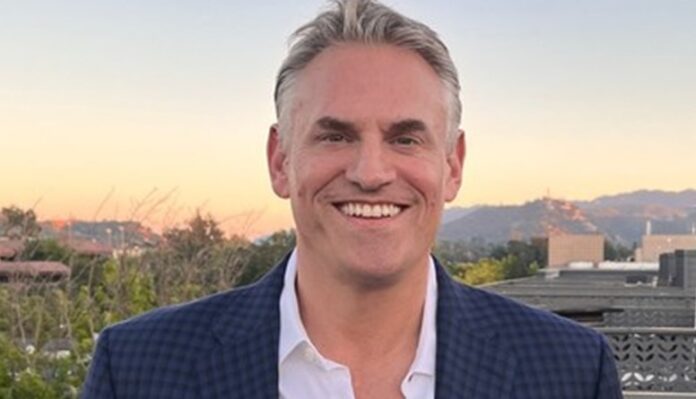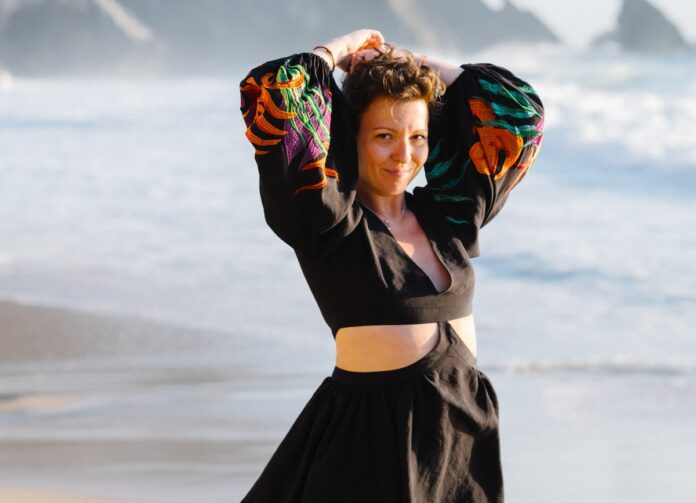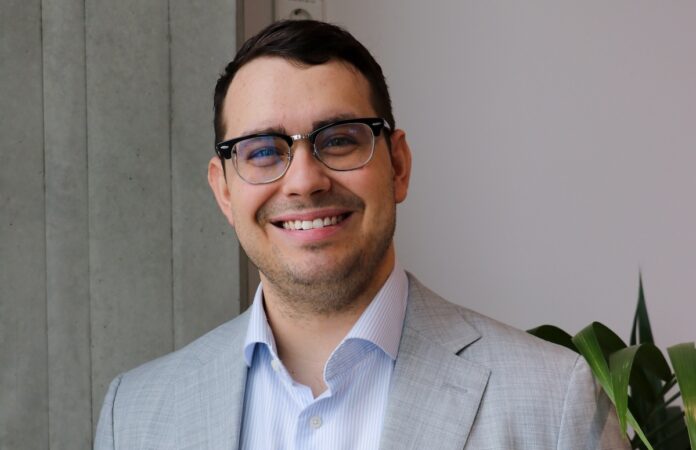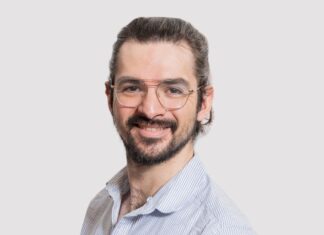mintBlue SaaS solutions to store, share, monetise, and authenticate information in a peer-to-peer manner at an enterprise-level scale.
Could you please tell us about yourself and introduce your startup, mintBlue, to our audience?
Hello I’m Niels van den Bergh, Founder and CEO of mintBlue. After gaining more than 10 years of experience working for corporate tech companies like Google, my focus shifted towards the start-up scene, and with a strong interest in the concept of data ownership and governance infrastructure, I helped establish mintBlue.
mintBlue offers SaaS solutions to store, share, monetise, and authenticate information in a peer-to-peer manner at an enterprise-level scale. In short, our goal is for enterprises to become trusted organisations when it comes to data.
We take out all the difficult fuzz when integrating blockchain into existing systems. The opportunities with this technology are endless, from native file storage (on-chain), self-custody of your digital keys and cost-effective security, traceability, and much more.
What inspired the concept of mintBlue?
Our founding team worked in various sectors of the blockchain world, and we saw about 80% of every project required the same solutions. On top of that, we realised at some point that the original protocol, as published way back in 2008, was so much more powerful than anything being used. Each of us ‘followed the white rabbit’ in our own way, and Twitter (now X) is what ultimately brought us together, originally to compete in a Hackathon (in which we became a finalist!). The hackathon project back then was a “Zapier on the blockchain”, if you will.
From this experiment we started analysing why most proof of concepts and pilots on blockchain failed and we realised the real potential of what we had. Enterprises around the world would need to benefit from connecting to a single trust layer that is fast and cost-effective, much like the internet. So, we evolved into mintBlue, and the rest is history in the making!
What motivated you to launch mintBlue?
I grew up along with the internet, and I looked at the original promise of the public network where people could build freely and connect in a secure, private, and peer-to-peer manner.
Over time the promise faded and in the absence of better alternatives, private commercial entities inserted themselves between all of us as digital intermediaries. As we can see on the stock markets, the most valuable companies in the world are those that have formed closed ecosystems with strong lock-in that can trade in people’s data. These companies are anti-competitive and are taking our data hostage in exchange for ‘free’ services. This new business model has led to the attention economy and ‘surveillance capitalism’ which in turn leads to extreme polarisation tension in our democracy.
When I discovered blockchain I knew this could be the alternative that we missed a decade earlier. But a lot of the industry just seemed like a smokescreen, with immature technology, failing to live up to its promises or falling short of becoming commercially viable.
Interestingly enough, after delving into a variety of blockchain projects, it was clear that the original blockchain technology was capable of delivering on its promises and providing that sought-after commercial value.
The thing is that, if you want companies, governments, and startups to all build value-adding solutions, you need a technology that ticks a lot of boxes, not least of which is accessibility; and the original blockchain technology is highly complex.
So, if we wanted to build a platform that allows organisations to very easily build solutions, we needed to remove the complexity of the technology itself. This way organisations can focus on their own solution and business logic, instead of investing resources into building tech from scratch. It’s not like every webshop today is building its own payment infrastructure, right? The same will happen with using the public blockchain.
Taking all of the aforementioned into consideration the decision to get mintBlue off the ground was an easy one. Whether in the face of global data regulations or simply to create more capable data management systems, blockchain, and related technologies have incredible value.
Could you share the core vision and mission of mintBlue?
Our vision at mintBlue is to make the public blockchain as accessible as the public internet. We see a future where end-users have full control over their data – with no gatekeepers – enabling greater security and privacy, though not in a way that necessarily detracts from the data’s value as an enterprise, rather expanding its potential instead through portability, permissioned use, etc.
We deliver a high level of data security, interoperability, and traceability, making it an ideal choice for businesses that aim to innovate, future-proof, and thrive in our evolving digital landscape.
Can you talk about the initial challenges and difficulties you faced while starting up?
We ran into a lot of brain-tickling hurdles at the start. There weren’t really any examples of what we do and a blueprint for how we do it. Bringing something relatively unheard of, like mintBlue’s novelty, to the market is often more challenging since people’s biases will sometimes override the reality of a product or offer.
We faced a fair amount of scepticism about the practical applications of blockchain technology, which isn’t surprising given the hype cycles and failures of various blockchain techs.
We’ve also had to prove that the original protocol does in fact scale better than any other blockchain. We’ve had to prove that it can meet the promises, that it is indeed commercially viable. Luckily our team had a lot of fun in problem solving. So much so that we managed to set a world record for transaction processing earlier this year.
Who do you consider the primary audience for your services?
Our customers are primarily large enterprise organisations, leveraging our technology and the public blockchain to enhance operations and data governance.
Given the type of infrastructure we provide, the specific markets and use cases are relatively broad ranging:
Invoice portability and fraud prevention
File logging and traceability for government authorities
Personal data wallets for IoT device users
Automated carbon offsetting and nature preservation
These are just to name a few of our favourites, but we are working more and more with businesses that operate in heavily regulated industries and handle large quantities of sensitive information. These organisations can really leverage our non-custodial approach for security and privacy at an unprecedented level.
Our ultimate challenge and goal, however, is to reopen doors and conversations to industries that have already been burned by blockchain tech as developed in the crypto world, or as private chains. Logistics and supply chain companies are a particular example of an early-adopter industry that found these technologies too expensive and resource intensive to operate. Where by contrast, the public blockchain and our technology could provide more features at a fraction of the cost.
What sets mintBlue apart from other companies in the same field?
As a team we have a deep understanding of how to leverage this technology, both to create new features and opportunities, but also to future proof data management and governance. As a result, we’ve built a technology that is an almost infinitely scalable interaction with the public blockchain, and has an easy-to-use codebase for technical teams to rapidly prototype and develop enterprise solutions.
Our non-custodial approach ensures that end-users have full control of their data, providing enhanced security and privacy; and we deliver on blockchain’s original technical promises, including native file storage (on-chain), cost effective security and governance, peer-to-peer data exchange, traceability, and more.
Could you describe a typical day at work for you?
Between my team, our clients, and a curious crowd of blockchain enthusiasts, I’m lucky enough to be surrounded by tech experts all the time.
As a CEO, this means my days largely consist of connecting the dots between all the parties at the table. Making sure that we, as a company, as well as our customers are realising their full potential with this technology.
I take great pleasure and pride in what we do, so I also still enjoy doing the admin-heavy things like leading sales efforts, brainstorming on our marketing strategy, testing and iterating on our strategy for both internal and external communications. It’s everything that being an entrepreneur should be, with the weight of responsibility balanced by the great pleasure of seeing our product come to life in the hands of our customers. It’s great fun!
Where do you envision mintBlue and yourself in the next five years?
I think a lot is going to change in five years, with AI data concerns, and especially for companies in the EU. With new data regulations rolling out now and over the following three plus years, we’re going to see a huge shift in requirements for record keeping, personal data storage, ownership and access, transaction file logging, traceability and much, much more.
As much as our customers are realising their need for us now, there is going to be a massive cultural shift in data management, and we plan to be at the forefront of supplying a concise and powerful solution to this problem.
Of course, we also aim to see mintBlue recognized as the leading blockchain infrastructure globally. We’ll be expanding our reach, and continue to empower more businesses to embrace the future.
What are three pieces of advice you would offer to aspiring entrepreneurs?
I was very fortunate in my career to work as part of a team that ran behavioural studies on entrepreneurs and startup accelerator programs all over the world. So I got to see a lot of what works and what doesn’t for founders, regardless of industry, culture, bias, etc.
The number 1 thing any founding team should focus on is building something that solves a real, felt, and valuable problem that they can prove exists through customer voices.
But the 3 lessons that hold true every day for me and remain important tenets of our leadership team are:
Adaptability: Startups can be stressful, with a huge number of unknowns and surprises. Founders need to roll with the punches, accept when their ideas or assumptions are wrong, and be willing to embrace what works or, flying in the face of that knowledge, be transparent with their choices to take calculated risks.
Ask good questions: The best way to stay adaptable (ie. tip 1), is to ask good questions. Both internally and externally. As part of internal 1 on 1’s, external sales, or actual customer research, there is no more powerful toolkit for leaders (in my opinion) than asking good questions; and whenever possible, asking those questions without bias or judgement. With a readiness to embrace what’s being said, read through answers to the next question and you can usually go a lot further, a lot faster.
Learn to trust: A dedicated team that shares your vision and commitment is crucial for a startup’s success. But it’s almost too easy to knee-cap motivation, purpose, intent or desire by not trusting someone. Leaders often need to trust people, even when they very much don’t actually trust them. It’s one of the quickest ways to learn how someone works, and whether they can continue to work with you. There are many arguments for more top-down, traditionally corporate leadership styles, but it’s all about context. In a startup, with a million balls to juggle, if you can’t trust the person next to you to catch some of the falling items, you’re unlikely to get very far.
Thank you Niels van den Bergh for the Interview
Statements of the author and the interviewee do not necessarily represent the editors and the publisher opinion again.
